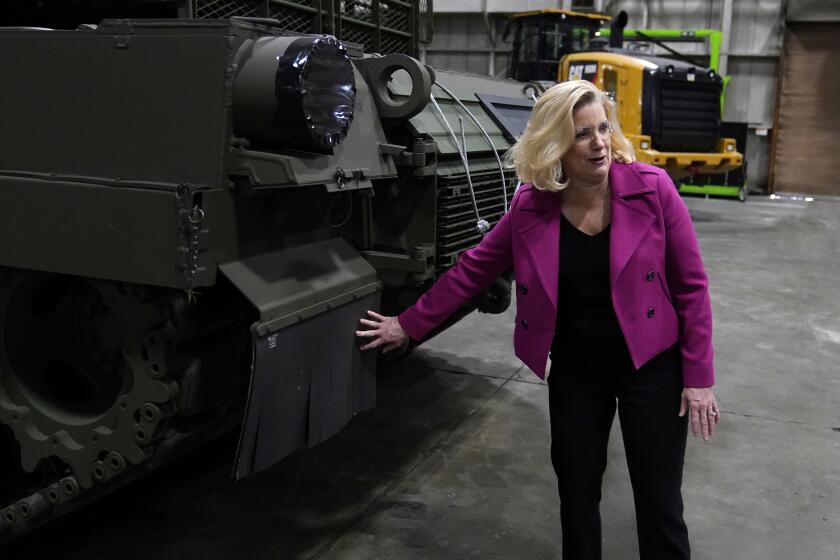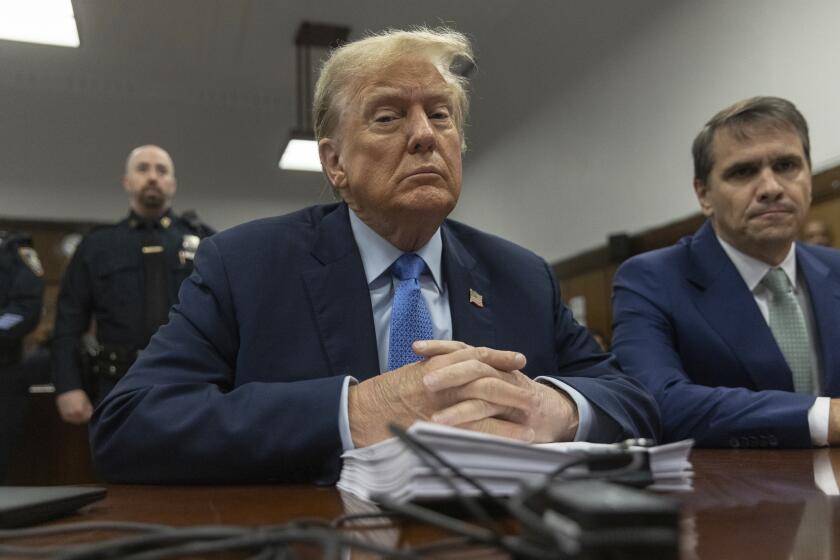Wary India seeks reassurance in U.S. visit
Today’s summit between Prime Minister Manmohan Singh of India and President Obama is laden with symbols. It will be the first official visit that Obama hosts. There will be much language on the importance of the relationship and the links between the two major democracies.
Beneath the surface, however, simmers some insecurity. India enjoyed excellent relations with the U.S. under the Bush administration and it still isn’t quite sure where it stands with the new team. It feels a little taken for granted.
“When you get down to the agenda, it’s just going to be about quiet continuity,” said Harinder Sekhon, a senior fellow with the Observer Research Foundation in New Delhi. “Some say, since India has no major problems, it’s seen in Washington as a bit boring and predictable.”
Secretary of State Hillary Rodham Clinton visited India in July, but her official meetings lasted a single day. And though a succession of lower-level officials have made visits, most of Washington’s attention these days is focused on its troubled neighbors Pakistan and Afghanistan and the economic powerhouse to the north, China.
“The state visit by Manmohan Singh, which is sure to appeal to many Indians’ desire for adequate attention, appears to be an attempt to overcome this lingering perception of India being slighted by the Obama administration,” said Dhruva Jaishankar, a program officer with the Washington-based German Marshall Fund of the United States.
The U.S. will be looking for ways India can assist in the region. It already has spent large sums on schools, hospitals and other “hearts and minds” projects in Afghanistan. Easing tension with Pakistan could result in Islamabad shifting soldiers from the border with India to fight the Taliban along its frontier with Afghanistan.
India hopes the Americans stay engaged in Pakistan and Afghanistan, unlike its loss of focus on Afghanistan after the Soviet troops left in 1989, said Daniel S. Markey of the Council on Foreign Relations.
“India wants to be reassured that the United States isn’t going to cut and run, leaving the mess in India’s lap, as India felt was the case at the end of the Soviet occupation,” Markey said.
Analysts said there was unlikely to be much progress on the broad differences between the two sides on measures to tackle climate change, nuclear nonproliferation and trade.
The recent acknowledgment by many governments that a global climate change deal was unlikely next month in Copenhagen should ease some of the immediate pressure. But Washington is expected to continue pushing New Delhi to accept binding emissions targets.
India will also be looking for more clarity from the U.S. on nuclear technology transfer and fuel supplies amid concern that the Obama administration is backpedaling on positions agreed to by the Bush administration in 2008.
Bush is highly regarded here for negotiating a civilian nuclear agreement that waived sanctions and helped bring India back into the international fold after it tested nuclear weapons in 1998. It conducted its first nuclear test in 1974.
Under the accord, India pledged to separate its military program from its civilian programs and subject the latter to international scrutiny. In return, the U.S. lifted restrictions on military and economic aid and international loans, and agreed to help India get uranium and nuclear technology.
Now India is worried that the Obama administration will impose new conditions, perhaps pressuring it to sign the global Nuclear Non-Proliferation Treaty. Signing the treaty would oblige India to give up its nuclear weapons -- while Pakistan and China retain theirs.
A third area of concern is trade. India is wary of the possibility of a more protectionist U.S. trade policy.
“That’s made everyone a bit nervous, especially in the service sector,” including the call center industry, said Arundhati Ghose, a former Indian ambassador to Washington. “The U.S. is our biggest market for those services.”
The two sides still have enormous stakes in the relationship. With breakthroughs in those areas unlikely, they could look for ways to cooperate in less contentious areas such as counter-terrorism, intelligence sharing and education. They are likely to conclude a deal on clean energy.
One step the U.S. could take is a significant announcement on food security, some analysts said. This might include a promise to transfer key bioengineering and other technologies, reminiscent of the collaboration that ushered in the 1970s Green Revolution that helped ward off hunger.
Despite rapid economic growth, India still has enormous poverty and hunger problems. A recent study by UNICEF, the U.N. children’s agency, found that 48% of Indian children under the age of 5, or about 61 million children, are moderately or severely stunted.
“Prime Minister Singh will come with a lot of questions, and may leave with many unanswered,” Markey said, “Washington will be unflinching in its efforts to show with symbols, if not policies, just how much it values its improved relationship with New Delhi.”
Anshul Rana of The Times’ New Delhi Bureau contributed to this report.
More to Read
Start your day right
Sign up for Essential California for news, features and recommendations from the L.A. Times and beyond in your inbox six days a week.
You may occasionally receive promotional content from the Los Angeles Times.





